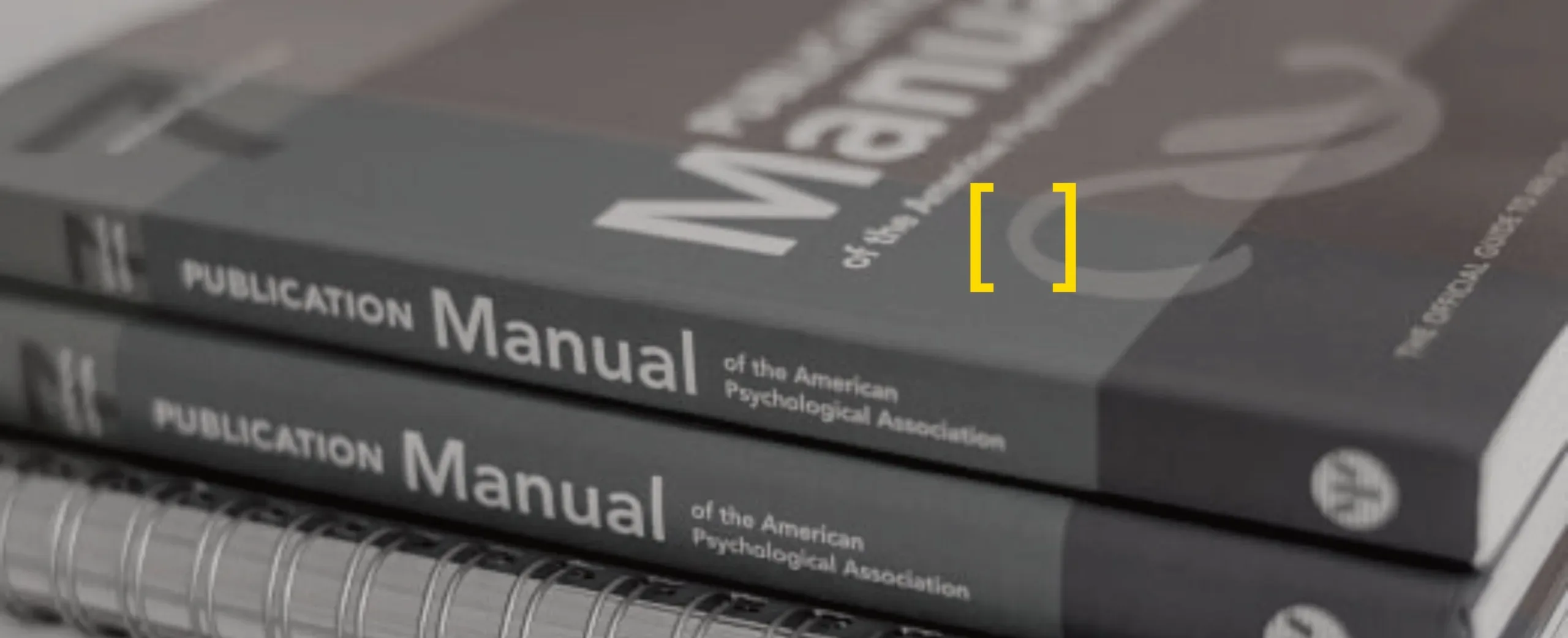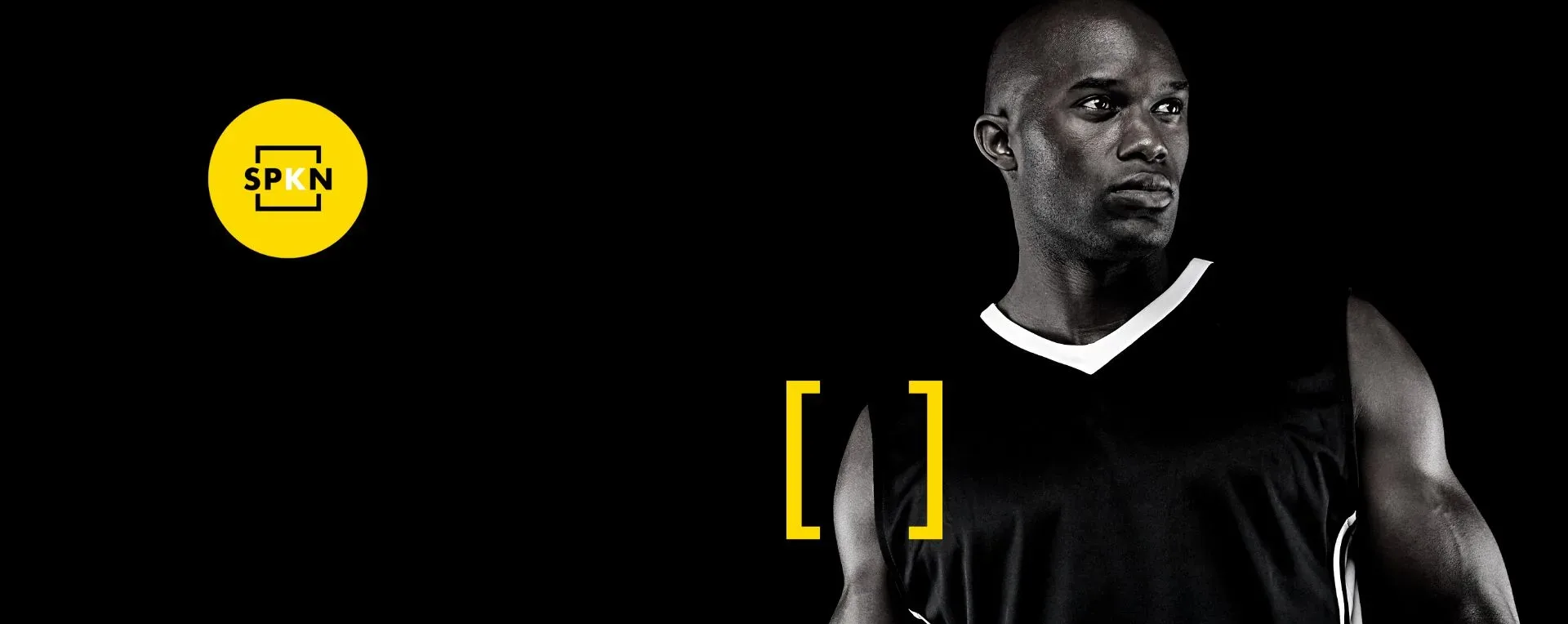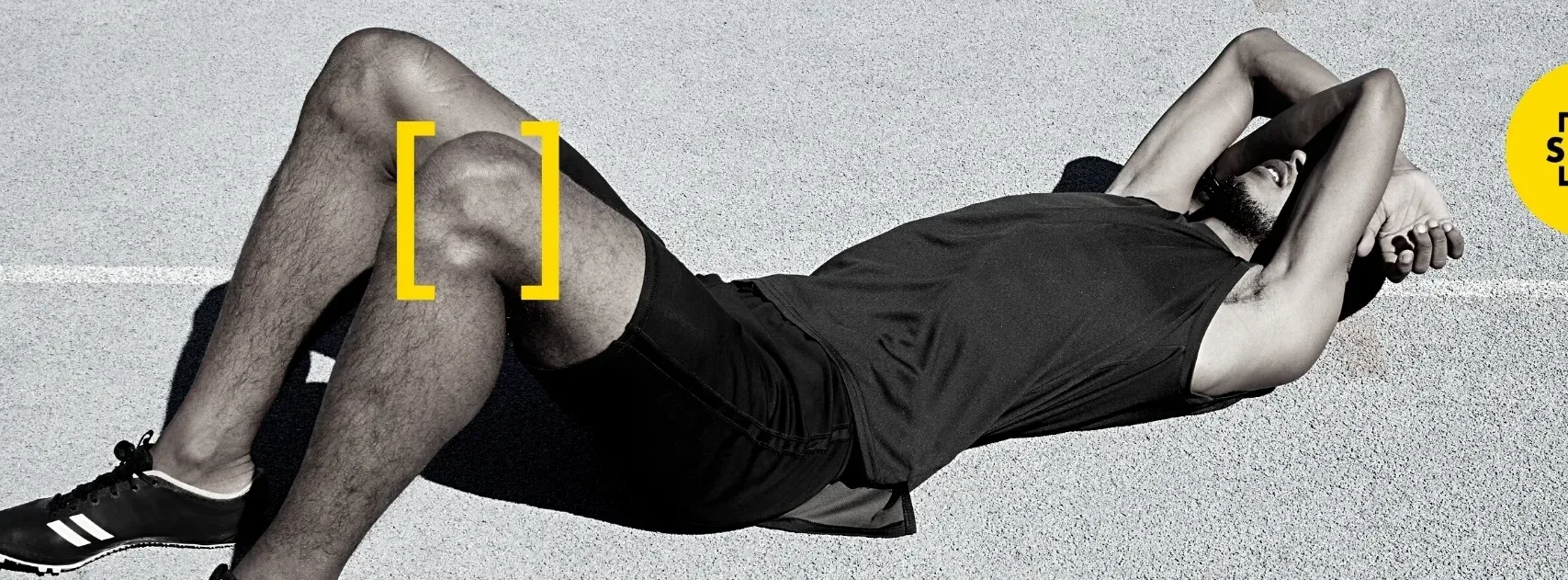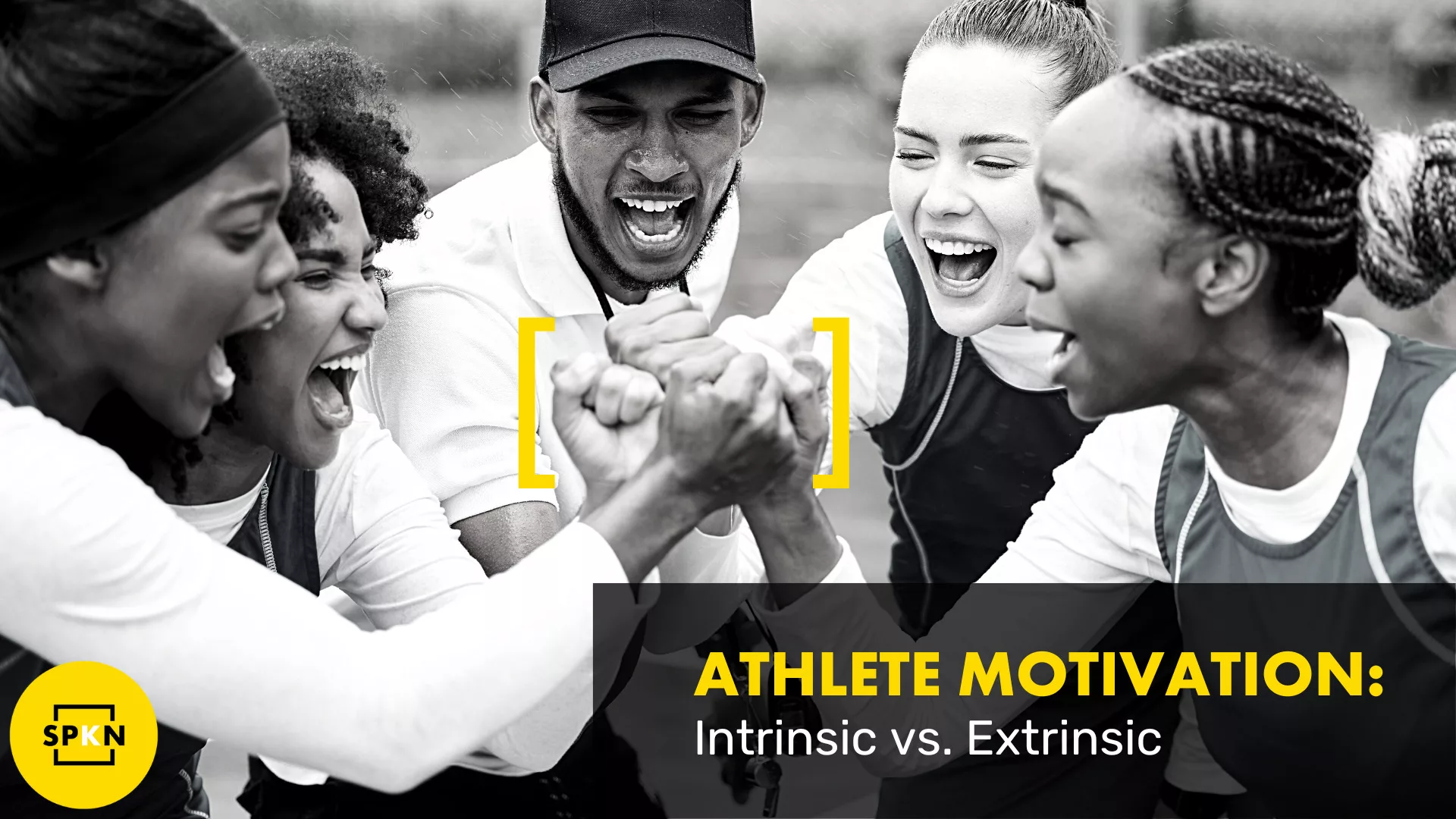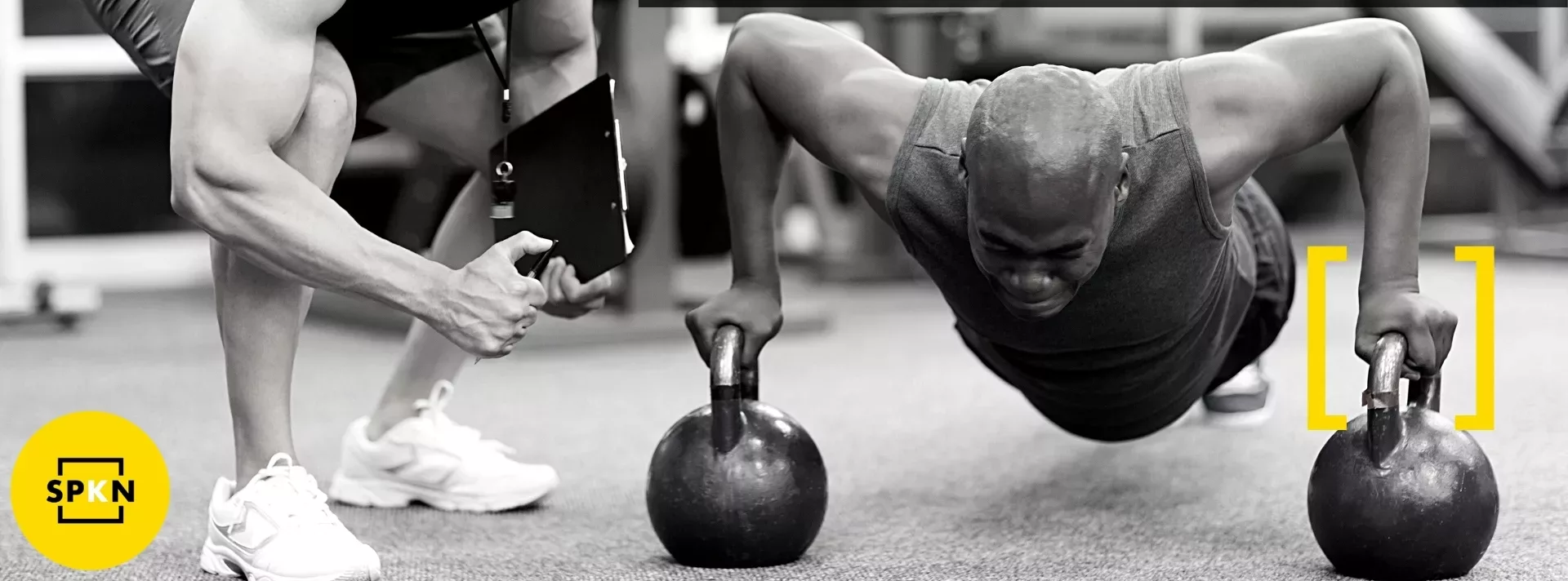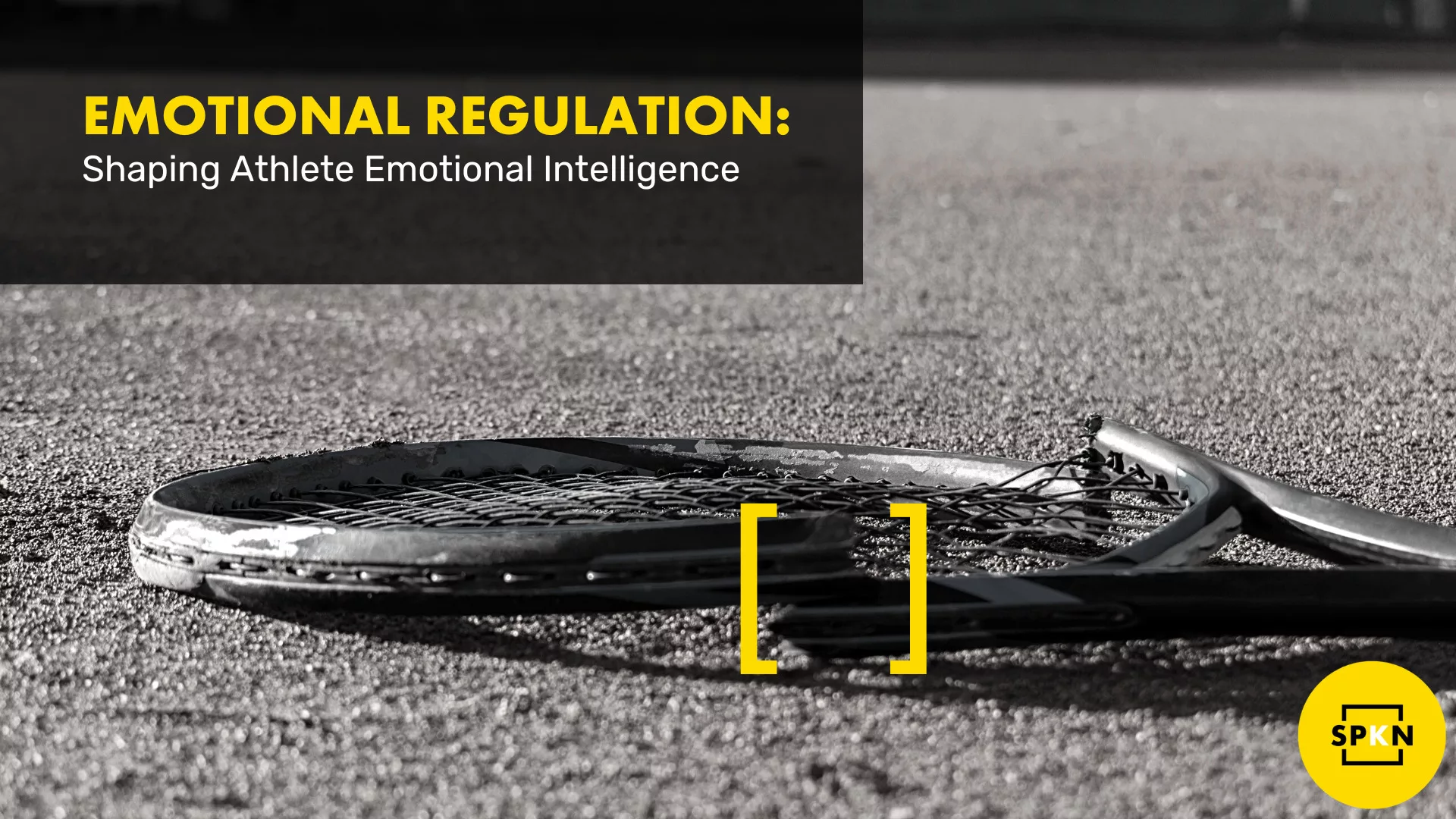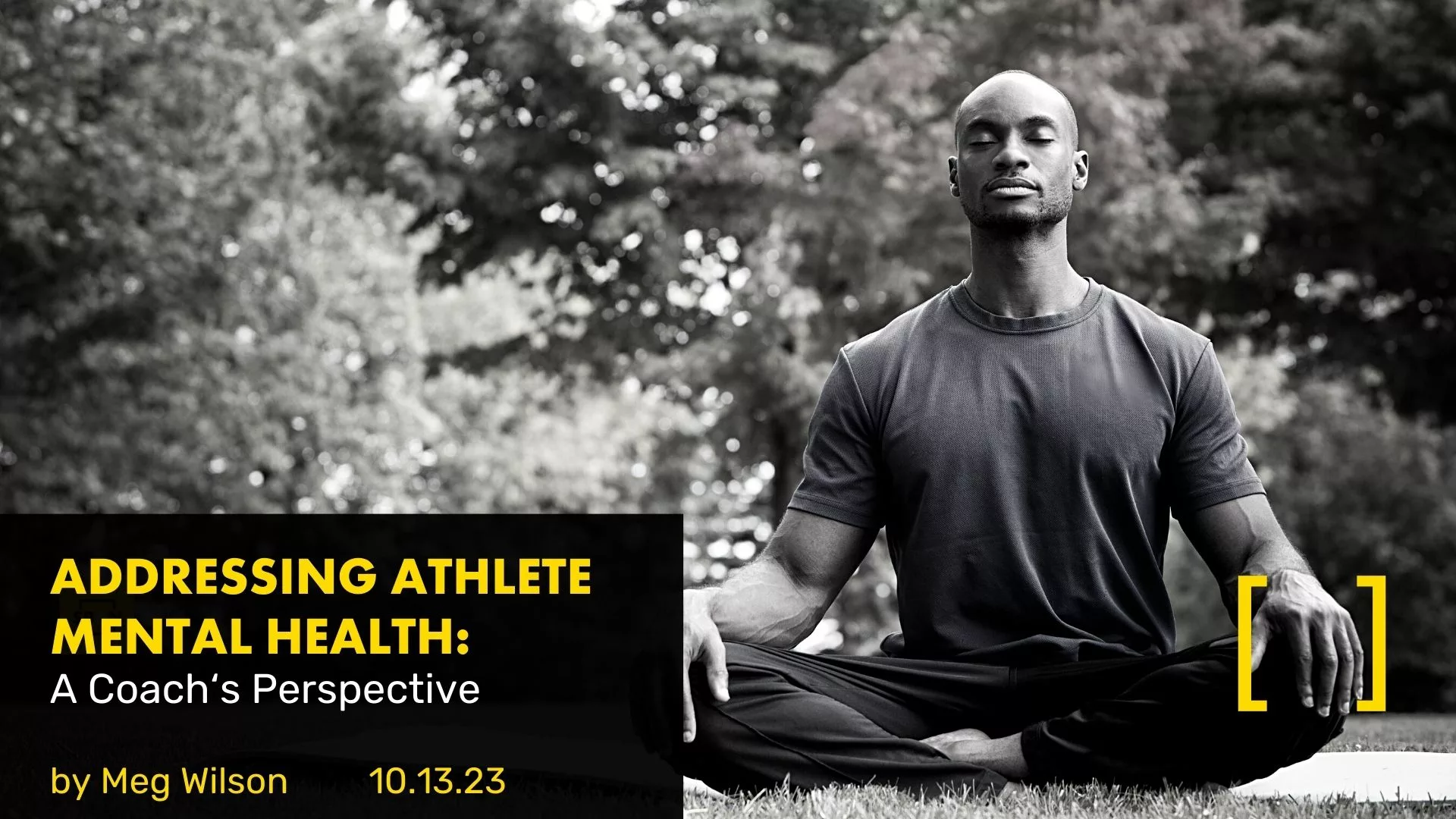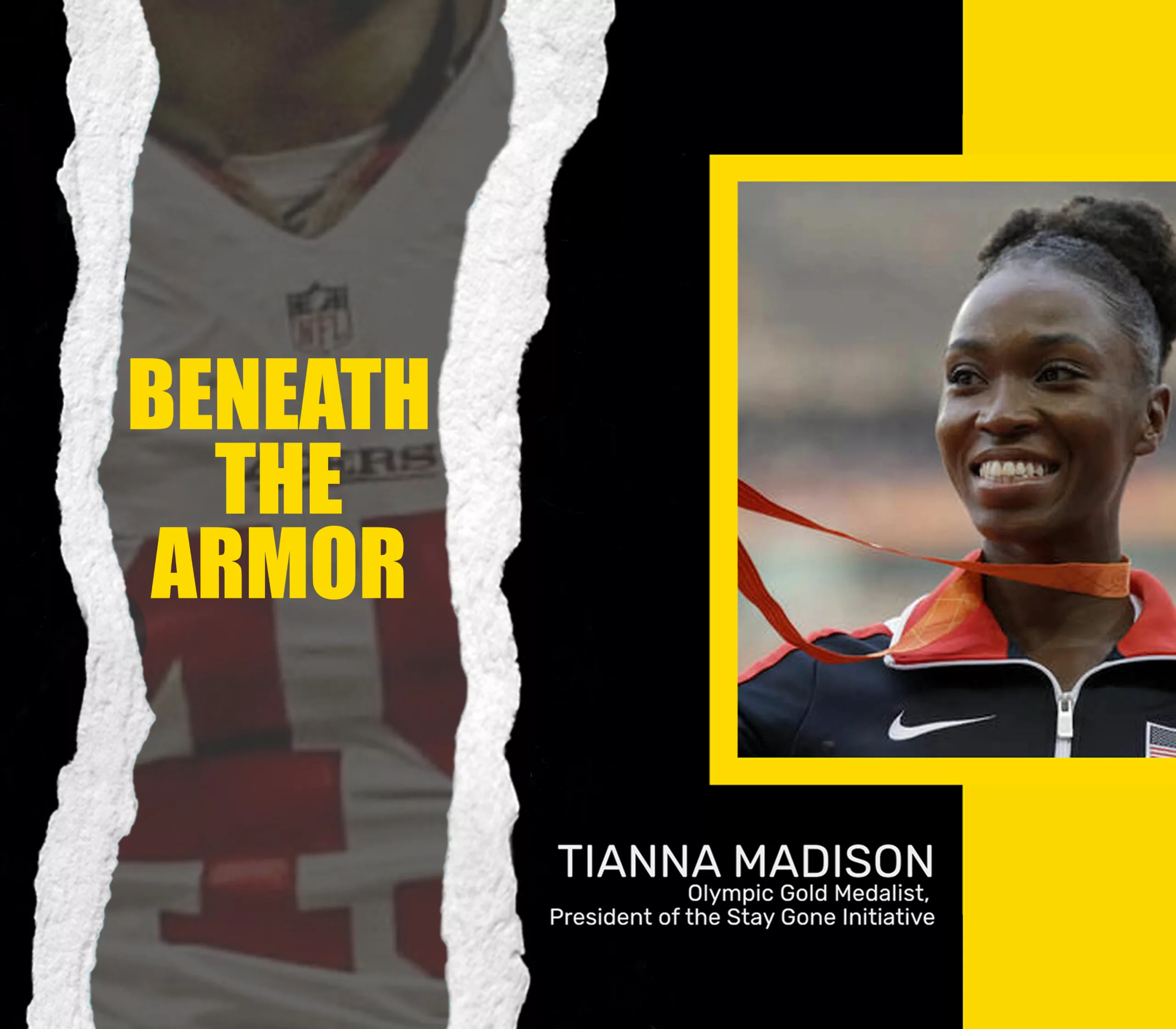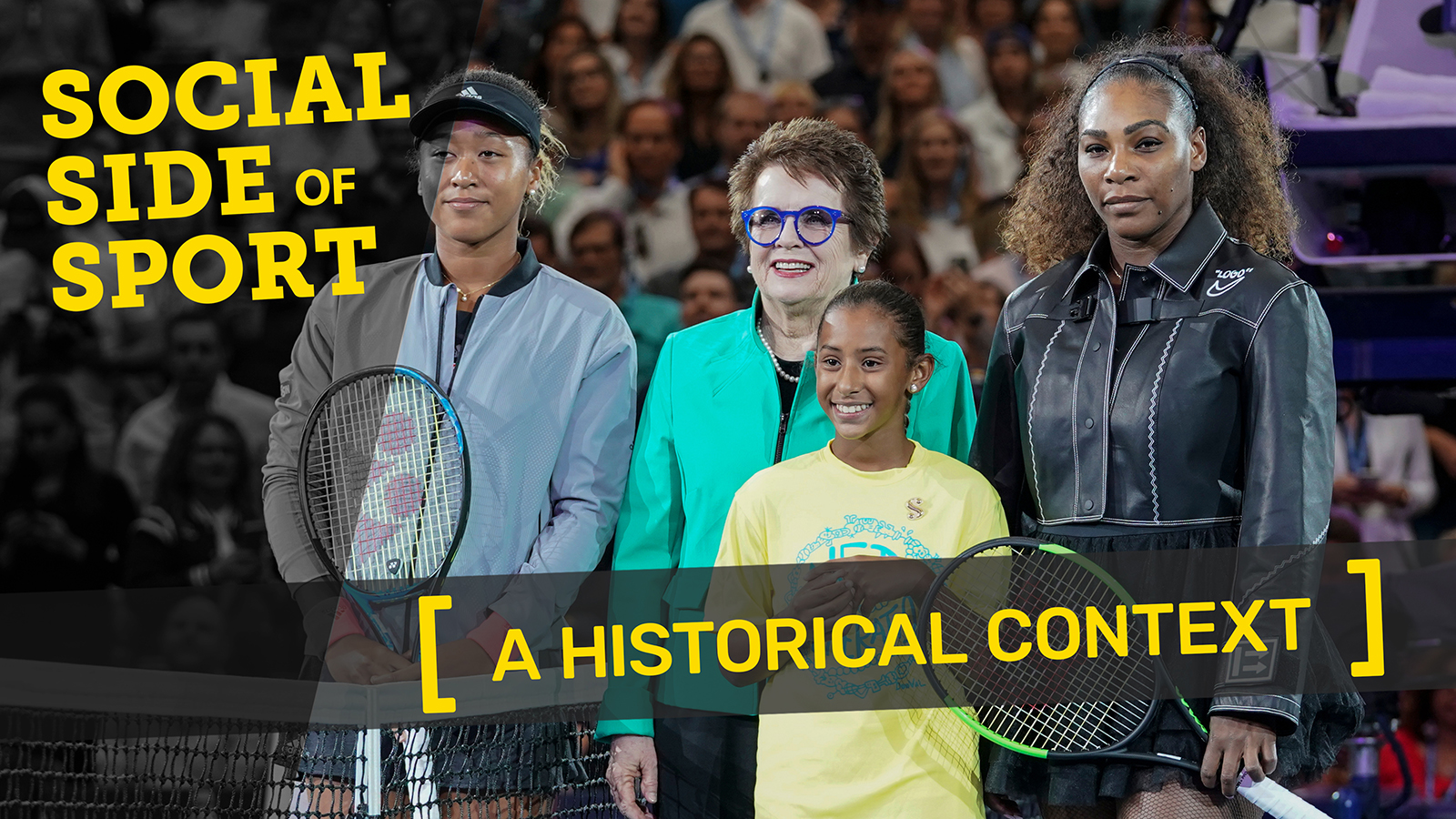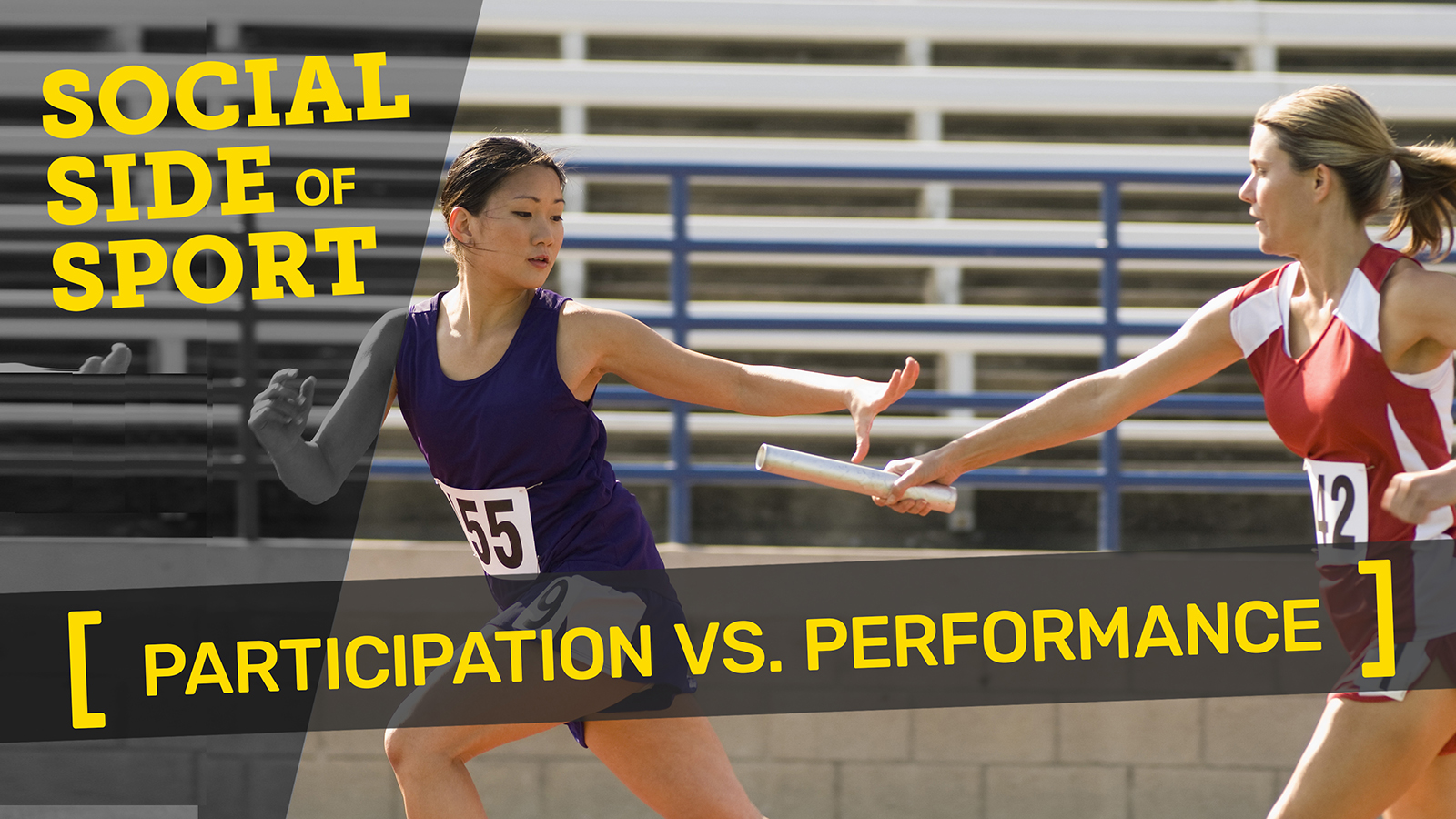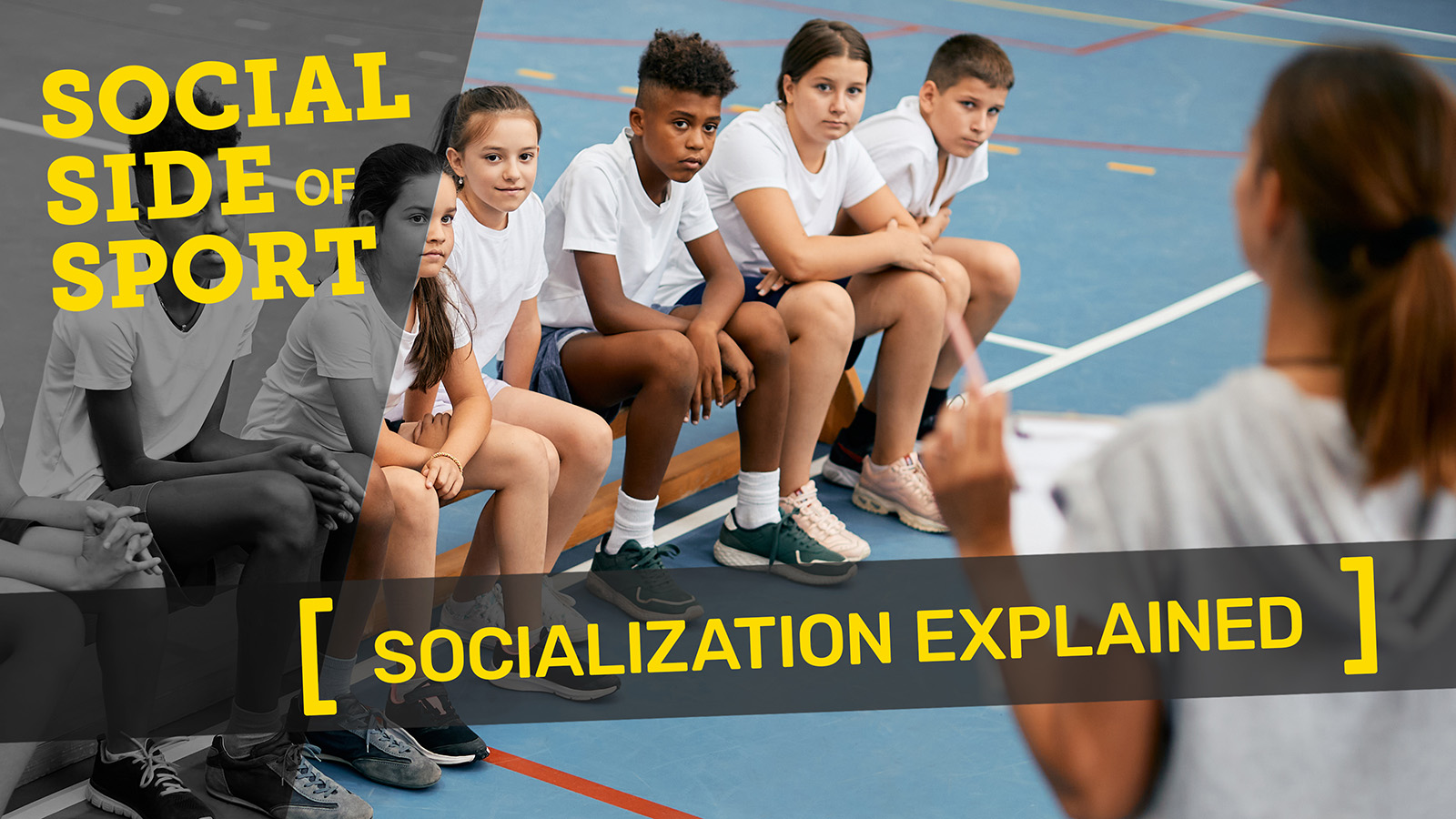Attention-Performance Linkage: When a performer appraises an unfolding situation/condition/stimulus/environment as either threatening or facilitating, his/her state of mind affects directly and indirectly the upcoming or on-going performance. Situational appraisal affects attentional resources (e.g., enhancement vs depletion), and attention width and direction. Because attention capacity is limited, depletion of attentional resources results in performance decline, and otherwise when attentional resources are available. The indirect effect is also mediated by emotions, such as anxiety,
which is known to narrow attention. As early as 1959, Easterbrook presented the ‘cue-utilization theory’ (CUT), which postulated that high level of arousal results in attention narrowing; a state that limits attention to a narrow array of environmental stimuli, where some of them are essential for cognitive (attention, memory, information processing, and decision-making), and motor operations.
Under this theory, high emotional arousal is limiting peripheral cues to be attended, and most of the attention is directed inward—to cues which may be detrimental to performance. The CUT prediction was validated in criminal, law-enforcement, learning, and sport environments.
Several attentional theories linking attention to performance have been developed since Easterbrook’s CUT.Eysenck and Calvo (1992) presented the ‘processing efficiency theory’ (PET), which postulates that anxiety negatively affects attentional functioning by decreasing attentional control over the performed action. Accordingly, anxiety affects the efficient processing of information via two mechanisms: inhibition and shifting. Unpleasant emotions may result in performance enhancement through compensatory strategies resulting in motivation to invest effort. The PET was tested in environments that vary in mental-emotional demands and complexity, and was found useful in predicting motor performance through attentional shifts and process inhibition. Very useful attentional theories targeted to account for performance maintenance and fluctuations were the ‘explicit monitoring theory’ (EMT; Baumeister, 1984), ‘distraction theories’ (DT; Kane & Engle, 2000), and ‘reinvestment hypothesis’(RT). EMT postulates that paying attention to step-by-step processing impairs the
automatic control over the motor system, and results in performance decline in skilled performance where the efficient modus vivendi is to let the perceptual-cognitive- motor systems work without interference. In low-skill performers, the step-by-step processing is required for controlling and monitoring the motor system in the lack of sufficient knowledge base. In most cases, unpleasant emotions, such as anxiety, has shifted attention to the step-by-step processing resulting in choking (see Beilock & Gray, 2007). DT postulate that feeling anxious during task performance diverts attention from the task-relevant information to emotion-elaboration, affects working memory, and results in performance decline. These theories were validated in cognitive-type tasks. The RT assumes that, under pressure, motor routines may be dechunked into their elements and result in performance decline. Learning motor tasks implicitly secures optimal performance under pressure, in contrast to explicit learning that under pressure results in dechunking—paying attention to the task’s elements.
Wulf, Ho¨ß, and Prinz (1998) studied extensively the attention-performance linkage, and consistently proved that external attention benefitted performers more than internal attention. To summarize, attention is affected by situational appraisal and task demands, and in turn determines performance quality. However, one should consider the coping strategies and task characteristics in accounting for this linkage.
References
Baumeister, R. F. (1984). Choking under pressure: Self-consciousness and paradoxical effects of incentives on skillful performance. Journal of Personality and Social Psychology, 46, 610 620.
Beilock, S. L., & Gray, R. (2007). Why do athletes choke under pressure? In G. Tenenbaum, & R. C. Eklund (Eds.), Handbook of sport psychology (3rd ed., pp. 425 444). Hoboken, NJ: Wiley & Sons. Easterbrook, J. A. (1959). The effect of emotion on cue utilization and the organization of behavior. Psychological Review, 66, 183 201.
Eysenck, M. W., & Calvo, M. G. (1992). Anxiety and performance: The processing efficiency theory. Cognition and Emotion, 6, 409 434.
Kane, M. J., & Engle, R. W. (2000). Working-memory capacity, proactive Interference, and divided attention: Limits on long-term memory retrieval. Journal of Experimental Psychology: Learning, Memory, and Cognition, 26, 336 358.
Wulf, G., Ho¨ß, M., & Prinz, W. (1998). Instructions for motor learning: Differential effects of internal versus external focus of attention. Journal of Motor Behavior, 30, 169 179.
***Contributed by Gershon Tenenbaum for Hackfort, D., Schinke, R. J., & Strauss, B. (Eds.). (2019). Dictionary of sport psychology: sport, exercise, and performing arts. Academic Press. https://amzn.to/3ZxARzT



